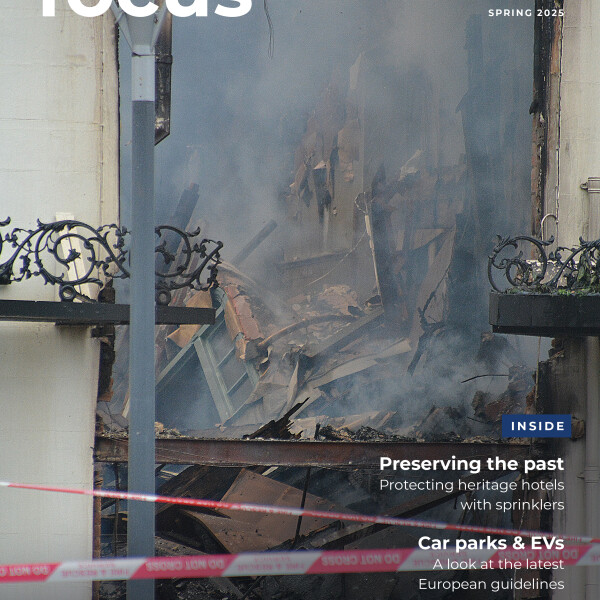
08.05.25
Here you can read about the latest developments in sprinkler technology, training and legislation along with examples of automatic fire sprinklers protecting people, property and the environment.
Automatic fire sprinkler systems are the most widely used fire protection system in the world.
Sprinklers are designed to put as little water as possible on the seat of a fire at a very early stage of development in order to control and contain it – and often extinguish it before the fire and rescue service arrive.

Help to raise industry competence levels through training and education

Promote the importance of compliance in the sprinkler industry

Educate and inform people about the value of fire sprinklers in an effective fire safety strategy
80%
Sprinklers reduce injuries by at least 80%, reduce property damage by 90% and substantially reduce damage to the environment from fire.
60%
About 60% of fires in commercial premises are controlled when only four sprinklers are operating
10%
Losses from fires in buildings equipped with sprinklers are 1/10th of those in unprotected buildings
68.c
Smoke will not activate a sprinkler head. There must be a fire that generates enough heat to raise the temperature near the sprinkler to above 68⁰C.
BAFSA is the only UK trade association that represents all parts of the sprinkler industry.
As an association BAFSA contributes to promoting, developing and driving key partnerships to improve the quality, awareness of and legislative requirements for fire suppression systems. We also advocate for the importance of competence in our industry. All our members have to be third party certified and we provide training courses and seminars along with a suite of qualifications for the industry. We also contribute to working groups and committees that shape the relevant European and British standards and work alongside third-party certification bodies. Since 1974 we have ensured the the automatic fire suppression sector has a voice and the more members we have, the greater the influence we can exert.
Join us today to help make fire sprinklers the norm and not the exception.
Ali Perry, CEO, BAFSA
